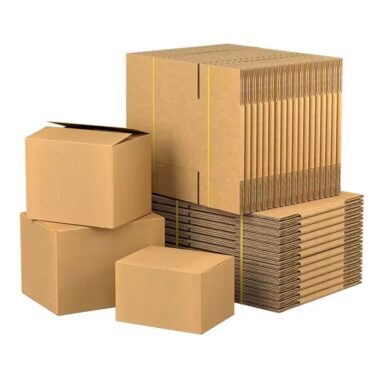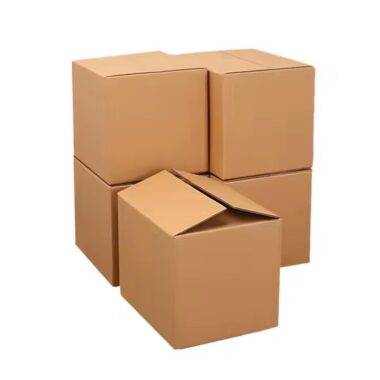📦 Standard Sizes of Corrugated Boxes and How to Choose the Right One
Choosing the right size box might sound simple—but for manufacturers, wholesalers, and e-commerce businesses, box size is business strategy.
Go too big, and you waste materials, shipping space, and money. Too small? You risk damaging your product. In this guide, we’ll walk you through the most common corrugated box sizes, how they’re measured, and how to pick the right one for your needs—without overcomplicating the process.
📐 How Corrugated Box Sizes Are Measured
Let’s get the basics out of the way:
Corrugated box sizes are measured in millimeters or inches and always follow this format:
👉 Length × Width × Height
(Length = the longest side opening; Height = vertical depth when the box is upright)
Important note: Most suppliers refer to internal dimensions, which ensure your product fits snugly inside, not just within the outer edges.
📦 Common Standard Corrugated Box Sizes
These are some of the most commonly used B2B box sizes:
| Box Size (inches) | Use Case |
|---|---|
| 12” × 9” × 4” | Small electronics, cosmetics, books |
| 14” × 10” × 6” | Apparel, accessories |
| 18” × 12” × 6” | Mid-sized electronics, homeware |
| 20” × 14” × 10” | Shoes, small appliances |
| 24” × 18” × 12” | Bulk items, industrial parts |
Of course, these are just reference points. Your ideal size depends on your product, protection needs, and how you ship.
🧠 Why Size Really Matters in Business Packaging
The right box size isn’t just about looks—it has real impact across your entire supply chain:
✅ 📦 Better Product Protection
Too much empty space means your item rattles around. That leads to breakage, returns, and bad reviews. A well-fitted box minimizes movement and protects better.
✅ 🚚 Lower Shipping Costs
Most couriers charge by dimensional weight. A box that’s too large may cost more to ship, even if it’s light. A tighter fit = better rates.
✅ 🌱 Reduced Waste
Smaller boxes use less paper, filler, and tape. That’s good for your budget—and even better for the planet.
✅ 📦 Stackability & Efficiency
Standard-sized boxes are easier to store, palletize, and ship in bulk, helping warehouses and shipping teams optimize space and time.
🛠️ Choosing the Right Corrugated Box Size: 5 Quick Tips
Not sure how to pick the right size? Here’s a simple approach:
-
Measure Your Product (L×W×H) with packaging if needed
-
Add Cushioning Space (foam, bubble wrap, etc.)
-
Choose the Closest Standard Size without excessive void space
-
Consider Your Shipping Method (courier, freight, international)
-
Ask About Custom Inserts for extra protection or fragile items
💡 Pro tip: A box that fits well is more than just packaging—it’s part of the customer experience.
🧳 Real-World Applications by Industry
Here’s how businesses use standard corrugated box sizes in practice:
-
📦 E-commerce: Standard box sizes make fulfillment faster and reduce pick-pack errors
-
🏭 Manufacturers: Use uniform box sizes for easy labeling, stacking, and automation
-
🍽️ Food & Beverage: Keep bottles or perishables tightly packed and safe
-
🛠️ Industrial suppliers: Protect tools, parts, or hardware during long transit times
🤝 Final Thoughts: Size Isn’t Everything—But It’s a Lot
At the end of the day, your product deserves a box that fits it perfectly—not too tight, not too loose. Getting it right means fewer returns, happier customers, smoother logistics, and lower costs.
Need help figuring out which size works best for your product?
📩 Let’s talk. Our packaging specialists can recommend the best-fit standard sizes—or help create custom dimensions that suit your business.
















